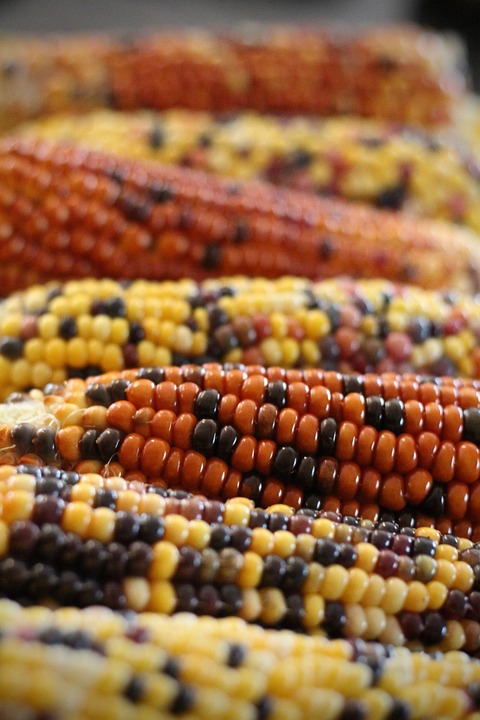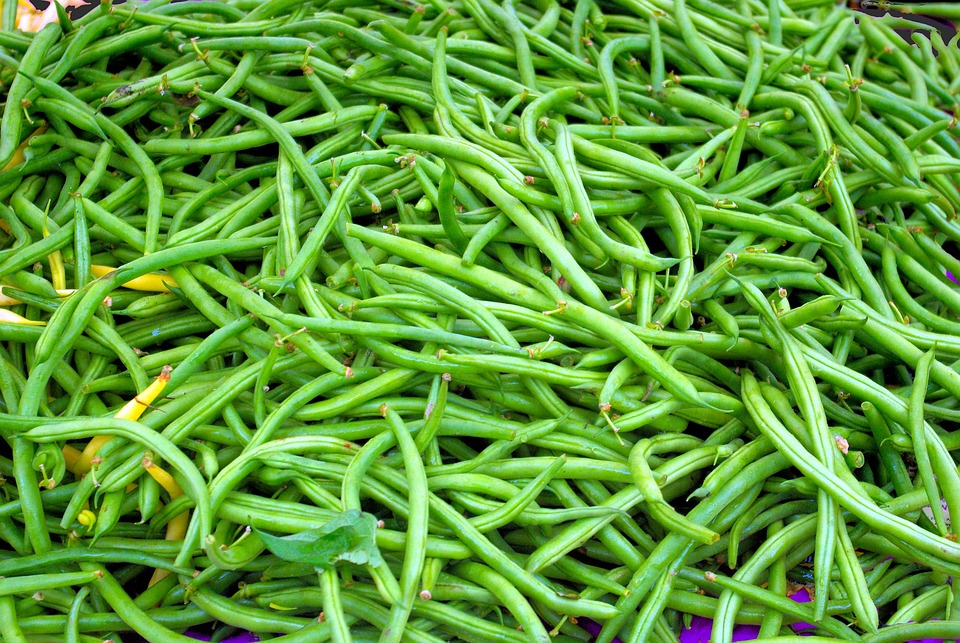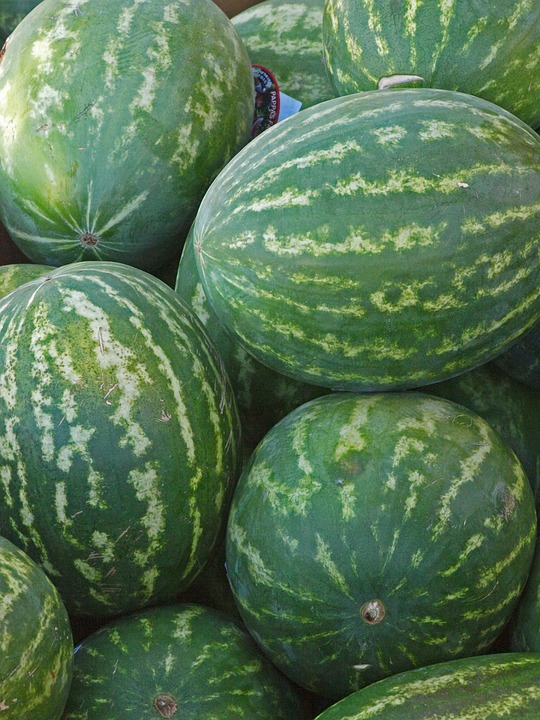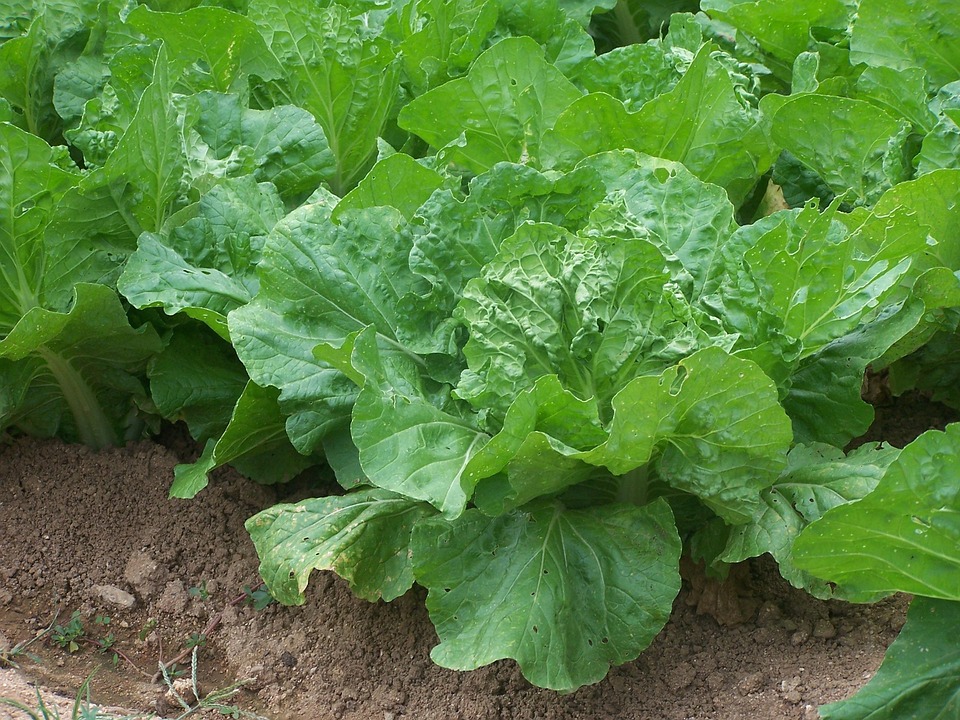**The Future of Gardening: How Sustainable Plants Can Change Our Environment**
# The Future of Gardening: How Sustainable Plants Can Change Our Environment There’s a distinct joy that sprinkles the air when you step into a thriving garden. I’ll never forget the moment I witnessed my first tomato blossom. Surrounded by the vibrant greens of basil and the shimmering yellows of sunflowers, the sweet scent of earth and life filled my senses. It wasn’t just any typical garden; it was a testament to the future—an organic patch flourishing in harmony with nature. As more people recognize the importance of sustainable practices, gardening is experiencing a renaissance, becoming essential not just for personal satisfaction but for transforming our environment. ## From Single-Use to Sustainability: The Garden Revolution Traditionally, gardening has been a leisurely pastime or a means to supplement grocery bills. Yet, as we face climate change, dwindling resources, and the crisis of food deserts, the idea of sustainable gardening has shifted from a hobby to a critical necessity. This ongoing revolution promotes practices that not only protect but regenerate our ecosystems. ### The Importance of Biodiversity One of the key components of sustainable gardening is biodiversity. Varieties of plants, insects, and microorganisms all play a role in a thriving ecosystem. By planting a diverse array of crops, gardeners can improve soil health, decrease pest populations, and increase resilience against diseases. **Planting Companion Crops**: For instance, pairing tomatoes with basil not only enhances the flavor of both, but basil naturally repels some common pests. This symbiotic relationship encourages a more balanced garden, leading to higher yields and healthier plants. ### Embracing Native Species Let’s talk about native plants. They are not just beautiful; they are invaluable for local ecosystems. A garden filled with native species requires less water, fewer pesticides, and is more resistant to local pests and diseases. Plus, they attract essential pollinators like bees, butterflies, and birds, which are vital for many other plants. ### Regenerative Practices When we mention sustainable gardening, regenerative practices naturally follow. Techniques such as crop rotation, mulching, and composting not only enrich the soil but also sequester carbon, fixing harmful CO2 into the ground. This can significantly impact global warming when adopted at scale. **Composting**: Whether it’s kitchen scraps or garden waste, composting benefits the environment and provides your plants with nutrient-rich food. An engaging way to introduce children to sustainability, composting can be a family project where everyone learns about decomposition and nutrient cycling. ## The Role of Technology in Sustainable Gardening With the rise of technology, smart gardening solutions are becoming available. Automated irrigation systems, moisture sensors, and even mobile apps that monitor plant health take sustainable gardening to the next level. ### Urban Farming: A Trend on the Rise Urban centers are embracing the green revolution with rooftop gardens, vertical farming, and even community gardens sprouting up in vacant lots. Urban gardening alleviates food deserts and provides city-dwellers with access to fresh produce. These initiatives bring the community closer together, allowing neighbors to share resources, knowledge, and, of course, the fruits (literally) of their labor. ### Hydroponics and Aquaponics Innovative gardening methods like hydroponics and aquaponics also contribute to sustainable practices. These methods use substantially less water than traditional gardening, making them efficient for urban areas where water scarcity may be a concern. Hydroponics involves growing plants in nutrient-rich water, while aquaponics combines this technique with fish farming, creating a mutually beneficial cycle. ## Pro Tips for Creating Your Sustainable Garden 1. **Start Small**: Focus on a few plants that you know will thrive in your climate. Success breeds motivation! 2. **Research Local Flora**: Understand what plants are native to your area. Local garden centers can help you choose wisely. 3. **Incorporate Permaculture Principles**: Design your garden based on natural ecosystems, ensuring that every element has a purpose. 4. **Practice Crop Rotation**: This prevents soil depletion and control pests naturally. Alternate your plant families to keep your soil vibrant. 5. **Collect Rainwater**: Set up a rain barrel to collect rainwater for irrigation. It’s efficient and helps conserve precious resources. 6. **Engage the Community**: Join a local gardening group to share knowledge, trades, and ultimately cultivate a sense of shared responsibility for the environment. 7. **Keep Learning**: Attend workshops, read, and connect with fellow gardeners who are interested in sustainable practices. ## The Future Looks Bright As we look ahead, sustainable gardening practices hold the potential to combat climate change, enhance biodiversity, and create vibrant communities. Each seed planted today contributes to a healthier tomorrow. ### Reducing Waste in the Garden One significant advantage of sustainable gardening is its capacity for reducing waste. Utilizing every part of a plant—from roots to flowers—can inspire creativity in cooking and art. Carbon footprints shrink when we minimize food miles by relying on our own local gardens. ### Growing Medicinal Plants Exploring the garden can also lead to a rich tapestry of medicinal plants. Herbs like chamomile, peppermint, and echinacea can grow easily and provide a fantastic addition to any garden. Creating your own remedies not only saves money but also reconnects you with nature’s healing properties. ### The Impact of Your Choices Every action counts. Your choices as a gardener ripple through the environment. Whether you opt for organic fertilizers, choose local nurseries, or advocate for green practices, you’re making a difference. The commitment to growing sustainably adds up, creating a palpable impact that can influence generations to come. ## Conclusion: Cultivating a Greener Tomorrow The future of gardening is bright and bursting with potential. As we embrace sustainable practices, we become stewards of our environment, nurturing both ourselves and the planet. The challenges we face are daunting, but the solutions lie within us and our gardens. So dig in, get your hands dirty, and remember—the path to sustainability starts with that first seed. Embrace the joy of gardening, and watch not only your plants thrive but your community flourish. Together, we can cultivate a greener tomorrow, one garden at a time.










